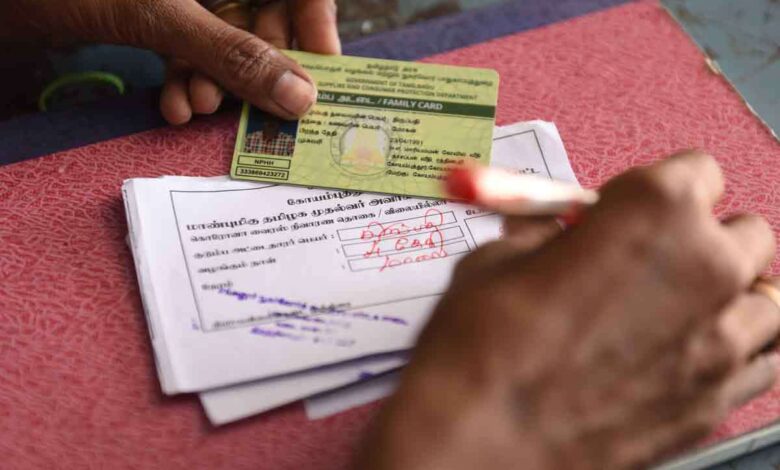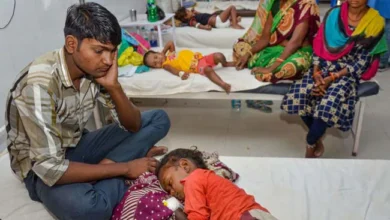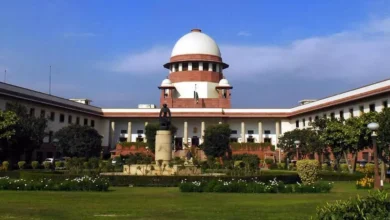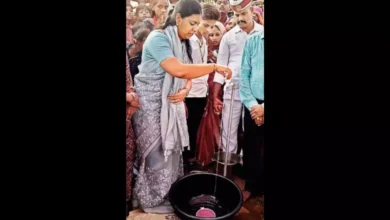One Nation One Ration Card will increase India’s food security
The One Nation One Ration Card scheme will create a central repository and help in deduplication of ration cards, which in turn help in removing leakages from the system

Migrant workers walking and cycling from the cities of their dreams back to their homes during COVID-19 was a painful sight. The primary driver of this exodus was loss of income and food insecurity.
Although two-third of our population is provided food subsidy under the National Food Security Act, 2013, the lack of porting this facility across states is a major bottleneck. The One Nation One Ration Card (ONORC) scheme, which initially started with four states in August 2019, provided the basic framework to solve this problem.
Under this scheme, all eligible ration card holders covered under the National Food Security Act can access their benefits from fair price shops (FPS) anywhere in India. The mobility requires digitisation of the PDS network, which is done by linking the beneficiaries ration card with their Aadhaar number and installing e-Point of Sale machines in the FPS. The Supreme Court ordered all states/UTs to join the plan by July 31 — however, as of today, 34 states have joined.
The progress of this initiative can be tracked using two publicly available data sets. First, the Integrated Management of Public Distribution System (IMPDS) which records all inter-state transactions, and, the second, the Annavitran portal which records all intra-state transactions. We analyse both data sets to understand the status of ration card portability across India. Although these programmes were launched earlier, substantial transactions started only in January 2020.
The number of interstate transactions has increased 66 times in a span of 1.5 year, from 574 in January 2020 to over 37,000 in July 2021. The numbers were almost stagnant until May 2020, and then started picking up. The increase has been sharp in the last few months as more states have started to join in. This is partly due to the incentive of the central government. As a part of the Aatmanirbhar scheme, states were granted an additional borrowing limit of 1 percent conditional on implementation of four state-specific reforms, one of which is the ONORC scheme.
As of July, the maximum inter-sate transactions are happening in Delhi, followed by Haryana, Maharashtra, and Gujarat. This despite Delhi joining in July only. The home state from where people are using this scheme are primarily from Uttar Pradesh (UP) and Bihar, accounting for about 87 percent of transactions, with 54 percent alone from UP in July.
However, the proportion of home state ration cards in the states receiving the inwards transactions vary. In Maharashtra, out of the total interstate transactions, around 66 percent ration cards have UP as home state, and 30 percent have Bihar. In Haryana, 17 percent interstate transactions are from Bihar and 78 percent from UP. Within Maharashtra, out of the total transactions, 88 percent happen in Mumbai. Within Haryana, 53 percent of interstate transactions happen in Faridabad, Gurugram, Panchkula and Panipat.
This shows that migrant workers from UP and Bihar use their cards in Delhi, Mumbai, and other cities. However, it has to be noted that this is a new scheme and various states have very recently come on-board, hence, these trends do not fully capture the pattern of migration and urbanisation.
The number of intra-state transactions increased from 12.12 million in January 2020 to 14.18 million in July 2021. Transactions within the state are mostly dominated by intra-district transactions since the beginning and have remained so, with 95 percent transactions in July 2021 within the district.
Leaders in intra-state transactions are Bihar, Rajasthan, Andhra Pradesh and Telangana. Out of the intra-districts transaction in January 2020, 23 percent were in Bihar, 22.1 percent in Rajasthan, 16.5 percent in Andhra Pradesh, 8 percent in Telangana and 7 percent in Kerala. In July 2021, 28 percent intra-district transactions happened in Bihar, 23 percent in Rajasthan, 11 percent in Andhra Pradesh, 7.5 percent respectively in UP and Telangana.
In India, where millions move across states for work, full implementation of the ONORC scheme will be a huge step in enabling food security. Further, this will create a central repository and help in data deduplication of ration cards which in turn help in removing leakages from the system. This reform has the potential to be a game changer in delivering services.



